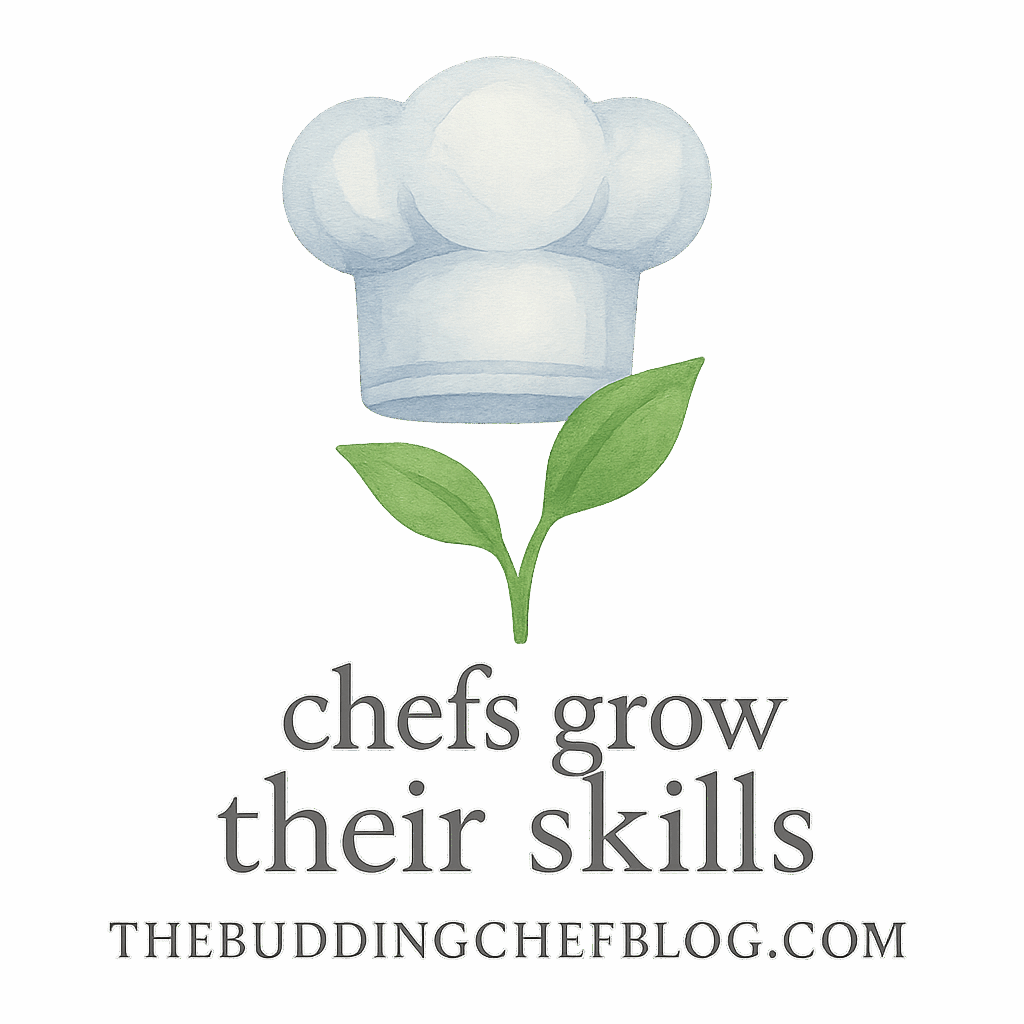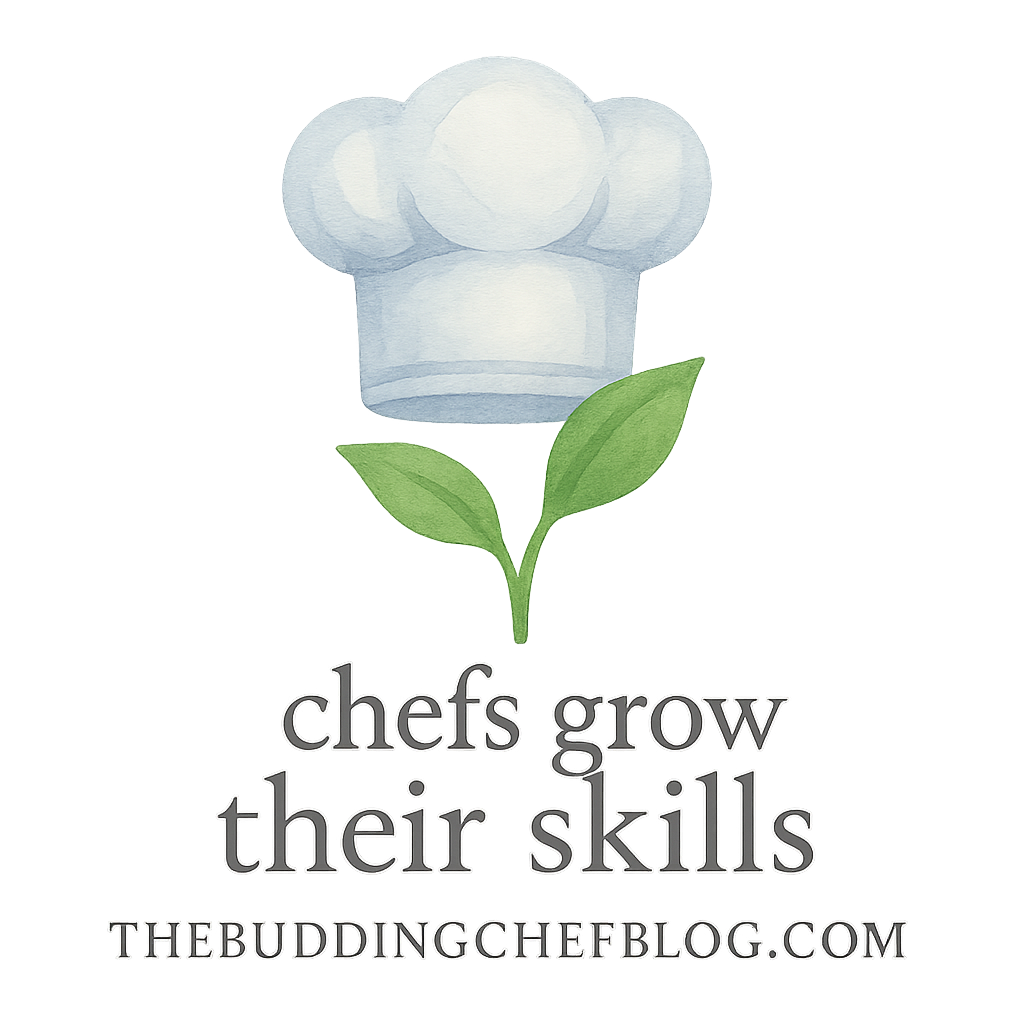If you’re just starting your culinary journey, you’ve probably stocked up on shiny new cookware, some sharp knives, and maybe a collection of spices. But have you thought about how you’re going to keep it all clean? Many beginner chefs focus so much on cooking that they overlook the simple truth: a clean kitchen equals better food, better health, and yes—happier cooking.
In this post, we’ll walk through 5 essential cleaning tools that often fly under the radar for those new to the kitchen. By the end, you’ll not only know what these tools are, but also how to use them effectively. Ready? Let’s dive in!
Why Proper Cleaning Tools Matter in the Kitchen
The Link Between Hygiene and Great Cooking
A spotless kitchen isn’t just about appearances. It directly impacts the taste, quality, and safety of your food. Imagine spending hours perfecting your sauce, only to ruin it with a dirty spatula. Yikes.
If you want to level up your cooking game, proper hygiene is key. Whether you’re learning basic cooking techniques or tackling your first recipes, clean tools and surfaces make a world of difference.
Common Cleaning Mistakes Beginner Chefs Make
Most beginner chefs fall into one of these traps:
- Using regular dish towels for everything
- Forgetting to scrub narrow spaces
- Not replacing sponges often enough
- Failing to sanitize countertops and appliances
Let’s fix that—starting with five often-overlooked tools.
1. Microfiber Cloths: The Unsung Hero
Why Microfiber Cloths Beat Regular Towels
Think all kitchen towels are the same? Think again! Microfiber cloths trap dirt and bacteria far more effectively than regular cotton towels. They’re a game-changer for wiping counters, polishing stainless steel, and even drying dishes.
If you’re stocking your kitchen tools & equipment, a stash of microfiber cloths belongs on your essentials list.
How to Maintain Microfiber Cloths for Longevity
To keep them in top condition:
- Wash after each use in warm water (skip the fabric softener!)
- Air dry when possible
- Store them dry to avoid mildew
It’s a simple habit that helps maintain both your tools and your kitchen’s sparkle.
2. Grout Brushes: Tackle the Hidden Dirt
Why Grout Brushes Are a Must-Have
Look down—see those little lines between your floor tiles or backsplash? Dirt loves to live there.
Enter the grout brush: designed to scrub deep into these narrow spaces where regular mops and sponges fail. Not only do they help your kitchen look cleaner, but they also reduce bacterial growth in those hidden corners.
Tips for Using Grout Brushes Efficiently
- Tackle grout weekly to prevent buildup
- Pair with a mild cleaner or baking soda paste
- Use small circular motions for best results
Want more tips for improvement? A clean kitchen is a perfect place to start.
3. Pan Scrapers: Save Your Cookware
How Pan Scrapers Help Prolong Pan Life
Ever been tempted to use a metal utensil to scrape stuck food? Don’t! That’s how you ruin your non-stick pans in no time.
Pan scrapers (small, often silicone or plastic tools) let you safely remove gunk from cookware without scratching surfaces. They’re especially useful for those practicing recipe practice with tricky dishes like caramel or cheesy casseroles.
Techniques for Using Pan Scrapers Without Damage
- Hold scraper at a shallow angle
- Work slowly to avoid gouging surfaces
- Soak stubborn messes first for easier cleanup
If you’re exploring affordable kitchen must-haves, check out our curated list of budget-friendly essentials.

4. Bottle Brushes: Don’t Neglect Narrow Spaces
Best Types of Bottle Brushes for Your Kitchen
If you use thermoses, water bottles, or decanters, you need bottle brushes—period. Sponges just can’t reach those tight corners where residue and bacteria love to hang out.
Go for:
- Long-handled, flexible brushes
- Ones with replaceable heads
- Brushes designed for the specific shapes you use most
When and How to Use Bottle Brushes
- Clean bottles after every use
- Focus on seams and hard-to-reach areas
- Pair with a gentle dish soap and hot water
You’ll be amazed at how much fresher drinks taste when bottles are truly clean. For more ingredient knowledge, remember: even your drinks deserve top treatment.
5. Vacuum Sealers with Cleaning Attachments
Why This Combo Tool Is Genius for Kitchen Clean-Up
Vacuum sealers aren’t just for food storage. Many now come with cleaning attachments that let you:
- Remove crumbs from tight spots
- Clean out drawers
- Tidy up appliances like blenders and toasters
When combined with thoughtful meal planning, they’re a fantastic multi-purpose tool.
Creative Ways to Use Vacuum Sealer Attachments
- Clean under stovetops
- Maintain the seals on your refrigerator
- Dust off delicate cookware
Want to up your professional kitchen game? Head over to our professional growth section for more ideas.
Building a Cleaning Routine for Beginner Chefs
Easy Steps to Create a Habit
Good habits are the secret to a clean kitchen. Here’s how to build them:
- Set a daily schedule for wiping surfaces
- Clean tools after every use
- Deep-clean the grout weekly
- Maintain cookware with scrapers and gentle detergents
You can also explore our habits and tips collection for more advice.
Combining Tools for Maximum Effect
Think of your tools like an all-star team. For example:
- Use microfiber cloths daily
- Grout brushes weekly
- Pan scrapers after cooking
- Bottle brushes for narrow items
- Vacuum attachments for hard-to-reach areas
For beginners, we also recommend checking our essential tools for chefs tag for more inspiration.
Final Thoughts: Elevate Your Cooking with a Cleaner Kitchen
Cooking is an art—but great art needs a clean canvas. By investing in a few simple tools (many quite affordable), you can avoid common mistakes and set yourself up for success.
Start small, focus on building good habits, and let your kitchen shine as brightly as your culinary creations.
And remember, for more on kitchen tools, cooking skills, and beginner chef tips, be sure to visit The Budding Chef Blog. Happy cooking!
FAQs
1. Are microfiber cloths safe for all kitchen surfaces?
Yes—just avoid overly rough surfaces that might snag the cloth.
2. How often should I clean grout lines in my kitchen?
At least once a week for best results.
3. Can pan scrapers damage non-stick pans?
Not if you use silicone or plastic scrapers at a gentle angle.
4. Are bottle brushes dishwasher-safe?
Many are! Check the label and replace heads as needed.
5. Do I really need a vacuum sealer with attachments?
If you like an ultra-clean kitchen, it’s a versatile tool worth considering.
6. What’s the top mistake beginner chefs make with cleaning?
Using the wrong tools—like abrasive pads that scratch cookware.
7. Where can I find more resources for beginner chefs?
Right here! Browse our beginner chef tips, cooking challenges, and practice tips for more guidance.


